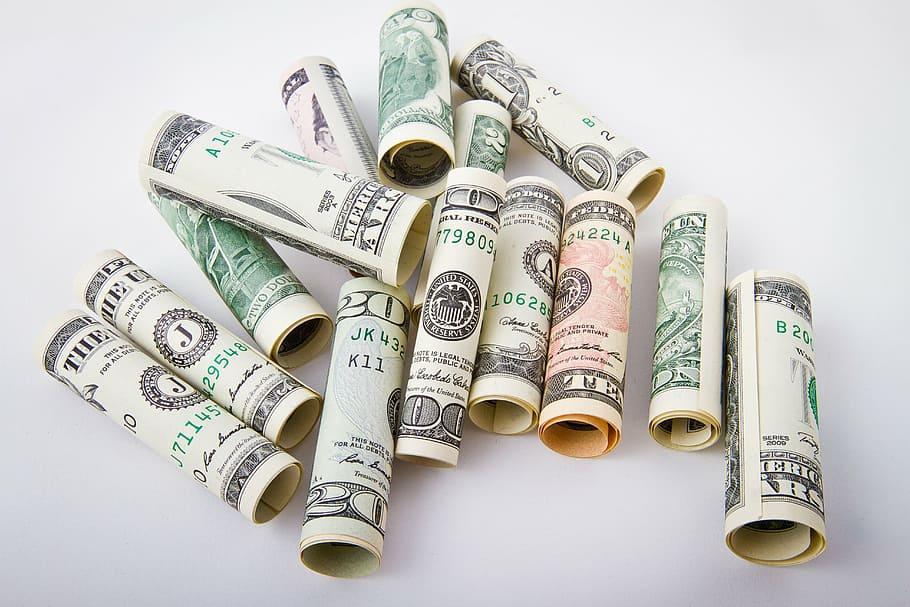
We don’t always know what the markets want, but we do know that the more easing they come across, the less problems they see. Sure enough, November marked the best month for domestic bonds in 40 years and global markets collectively added over $11T of market capitalization (second biggest monthly gain in history). Continued deceleration in global inflation rates contributed to the optimistic mood but make no mistake, the focus during the month was squarely centered around interest rate cuts, which are currently telegraphing a drop in the cost of capital as early as March of next year.
All the major indices broke three-month losing streaks and rallied nonstop during the month, led by the NASDAQ at +10.8%. The tech-heavy index is now up 47% for 2023 and is on pace to register its 3rd best annual performance in 20 years, an incredible feat given the substantial drawdown seen last year. Small caps, the Dow, and the S&P500 joined the party, all ending somewhere in the +9-9.2% range. The energy space was the only sector to end the month red, largely due to a sustained retreat in crude oil prices, while tech and real estate were the big winners. Seasonality trends tell us that November typically begins the strongest 6-month period for equities (owning in part to stock buybacks and large fund tax loss selling in October), but this was a lesser force at play as risk-on posture dominated investor psyche. This November will undoubtedly go down in the history books as a banner month for both stocks and bonds.
November’s equity strength was accompanied by the best month for US bonds in 40 years, which saw the yield on the 10-year Treasury fall from nearly 5% to 4.35%, representing its biggest monthly decline since December 2008. Correspondingly, the US Aggregate Bond Index rose almost 5% in November, for its biggest gain in decades. A quick review of the chart on the 10-year Treasury hints that we are heading for 4.1% or perhaps lower as inflation continues to fall and the labor market softens (dovish Fedspeak doesn’t hurt either). The goldilocks scenario is clearly in play and futures markets are currently pricing in a 60% chance of a rate cut in March of 2024. On the long end of the curve, the 30-year yield declined over 11% and now rests at 4.49%. Clearly the “smart” bond money is predicting lower rates in the future, despite the yield curve remaining inverted at the short end.
Rumors of the American consumer’s demise have been greatly exaggerated, as a record 200 million bargain hunters went shopping in person or online over the Thanksgiving weekend (Turkey Day through Cyber Monday). This represents a ~2% increase from last year’s numbers and, while sales were “good but not great,” the average spend over the 4-day stretch was $321 per individual. Not shabby. Cyber week, as it has now come to be known, brought in $38B of shopping revenue overall, up 7.8% year-over-year. Correspondingly, the S&P Retail Index, rose nearly 9% during the month. The American consumer appears comfortable to continue spending, despite inflation levels that are clearly not “transitory” and ever-increasing costs of capital. Good news for market bulls, as personal consumption expenditures make up 2/3 of the US economy on average. As the consumer goes, so goes the economy, and at this stage the consumer appears to be only going up.
Looking ahead, seasonal trends are on our side as December tends to be one of the strongest months of the year. Has the Santa rally already occurred before the last piece of turkey was eaten and before the first December snowflake fell? Hard to say. We will have to grapple with the usual slew of economic releases (jobs on the 8th, CPI on the 12th, PPI on the 13th) as well as the ever-confounding “triple witch” options expiration and concurrent rebalancing taking place in the middle of the month. Still, the calendar tells us the odds are in our favor, as stocks tend to gain from latter December through middle January, as investment bonuses are declared and the mood on Wall Street becomes cheery and optimistic. Only time will tell, but we will continue to bet on St. Nick and hope that the US economy lands squarely on the nice list for 2023. On that note, we wish you and your family the happiest of holidays and best of luck going into 2024. We are ever grateful for your trust and consideration. Here’s to a happy new year.
